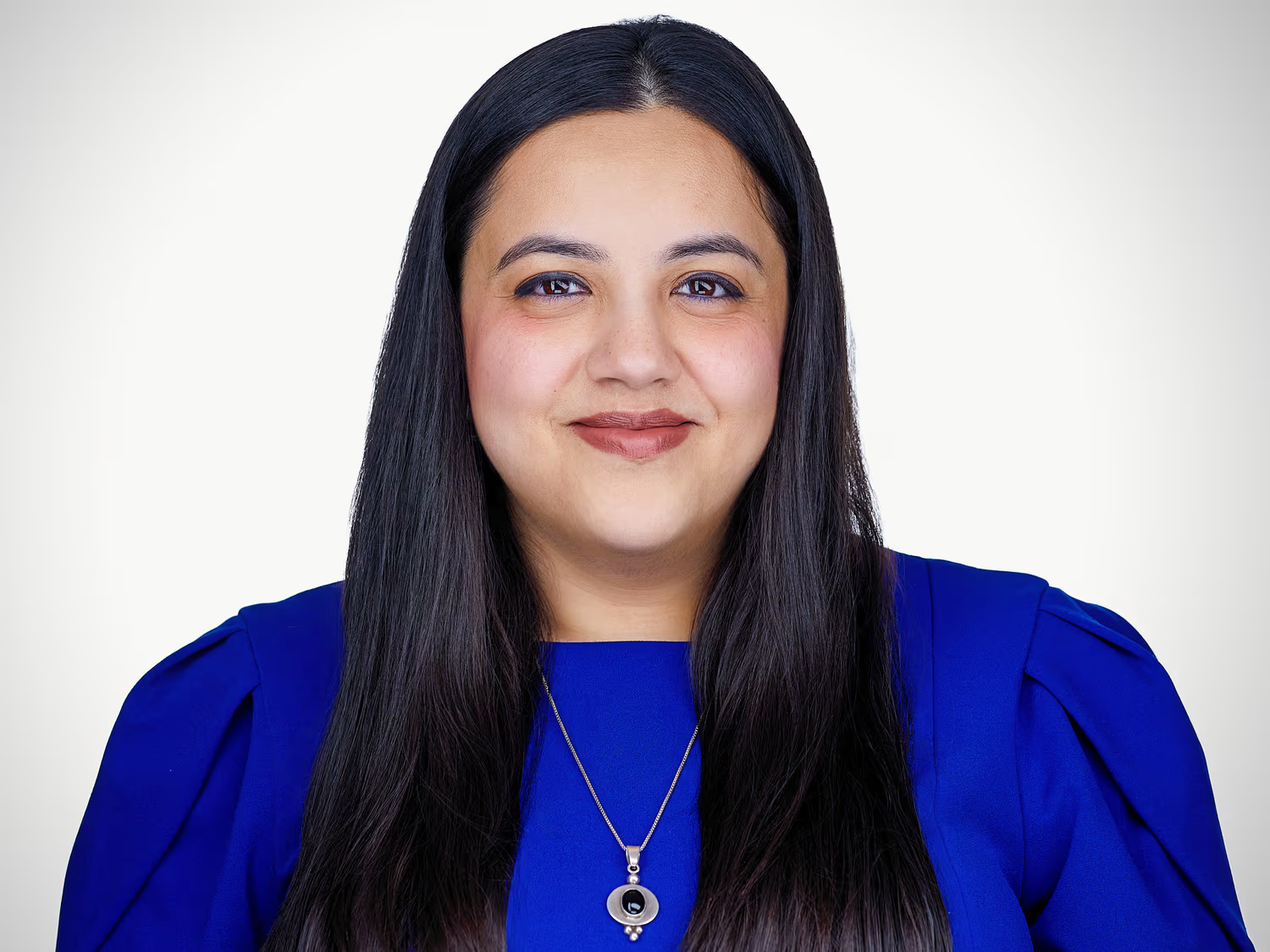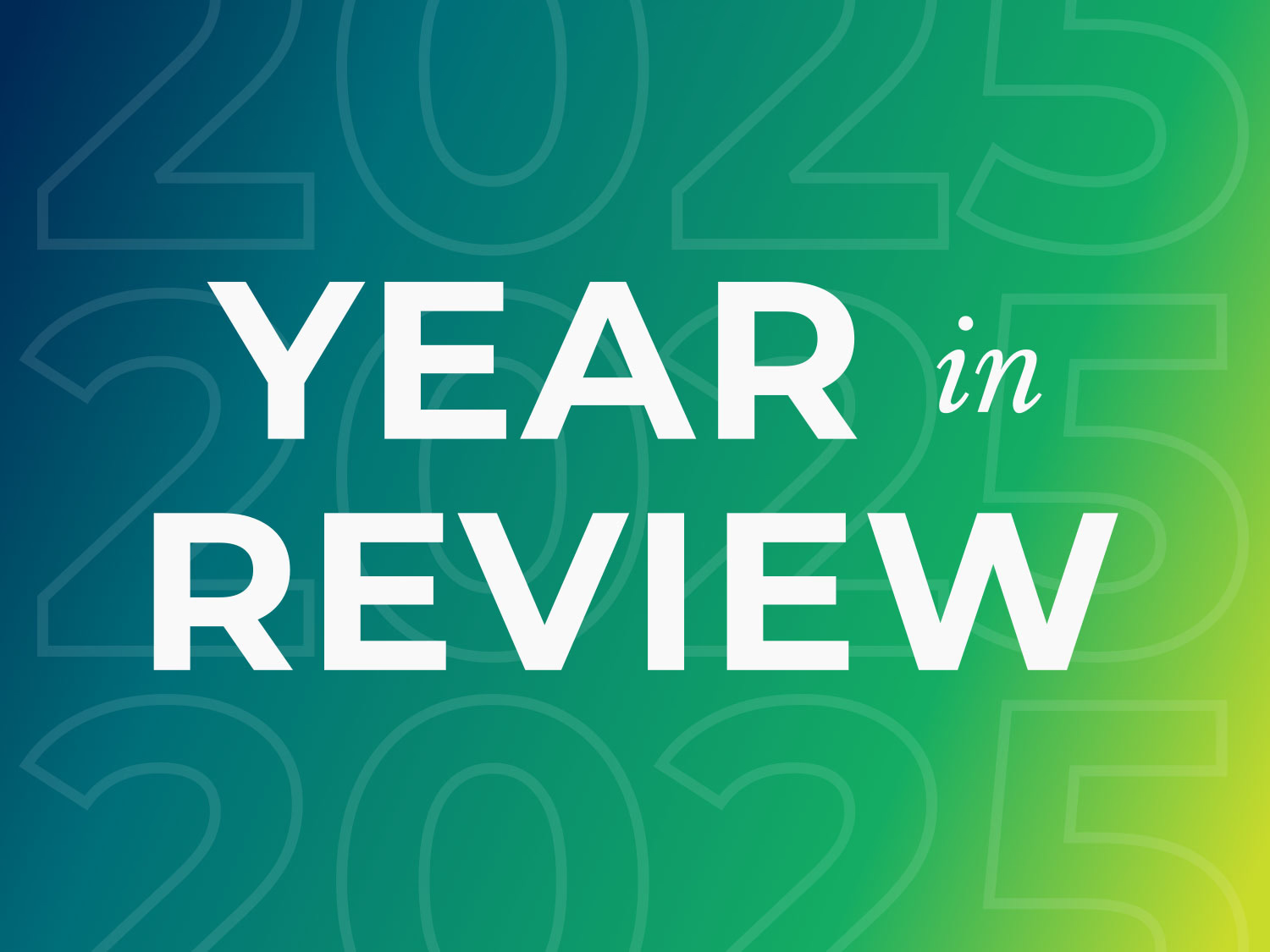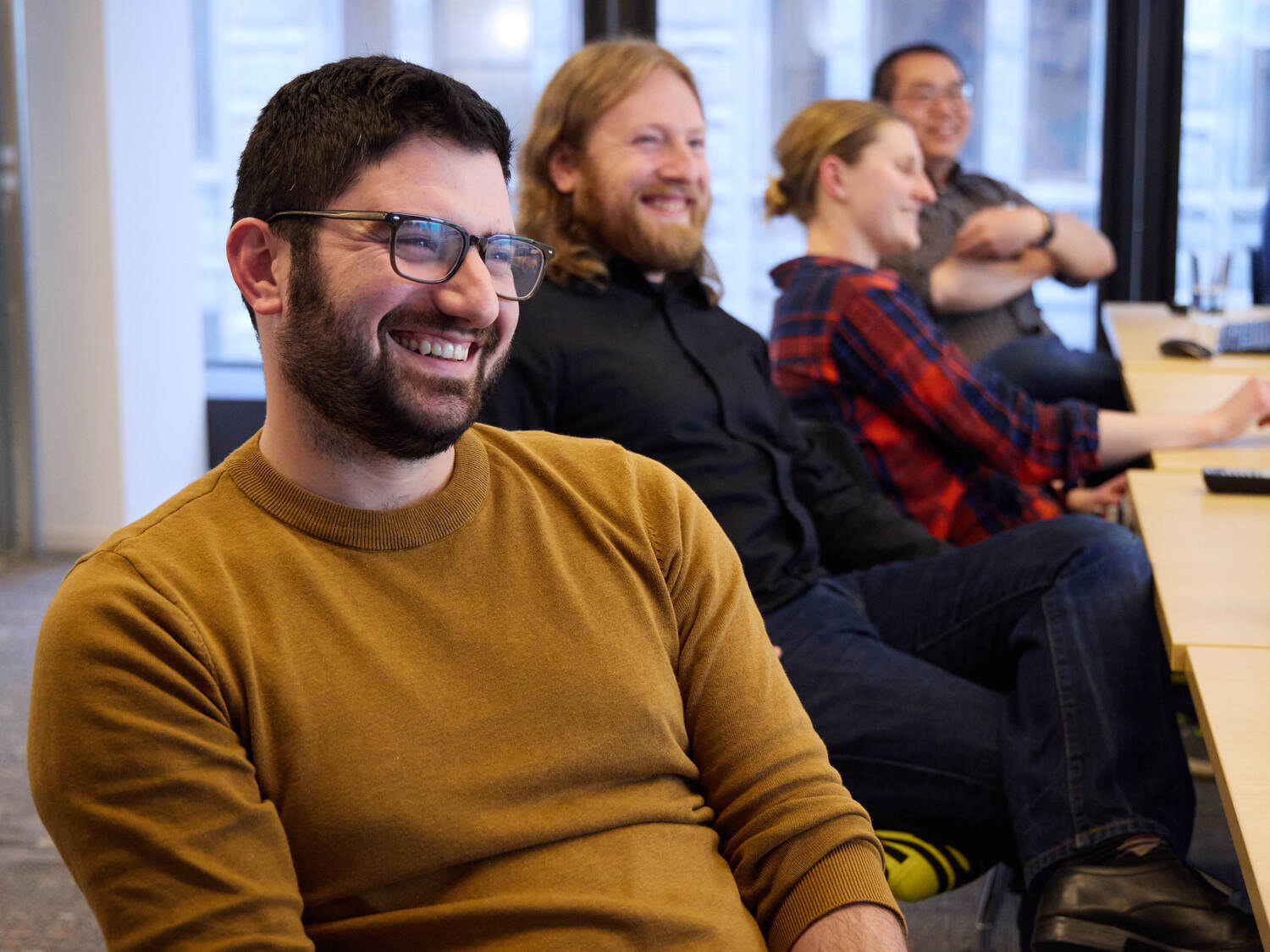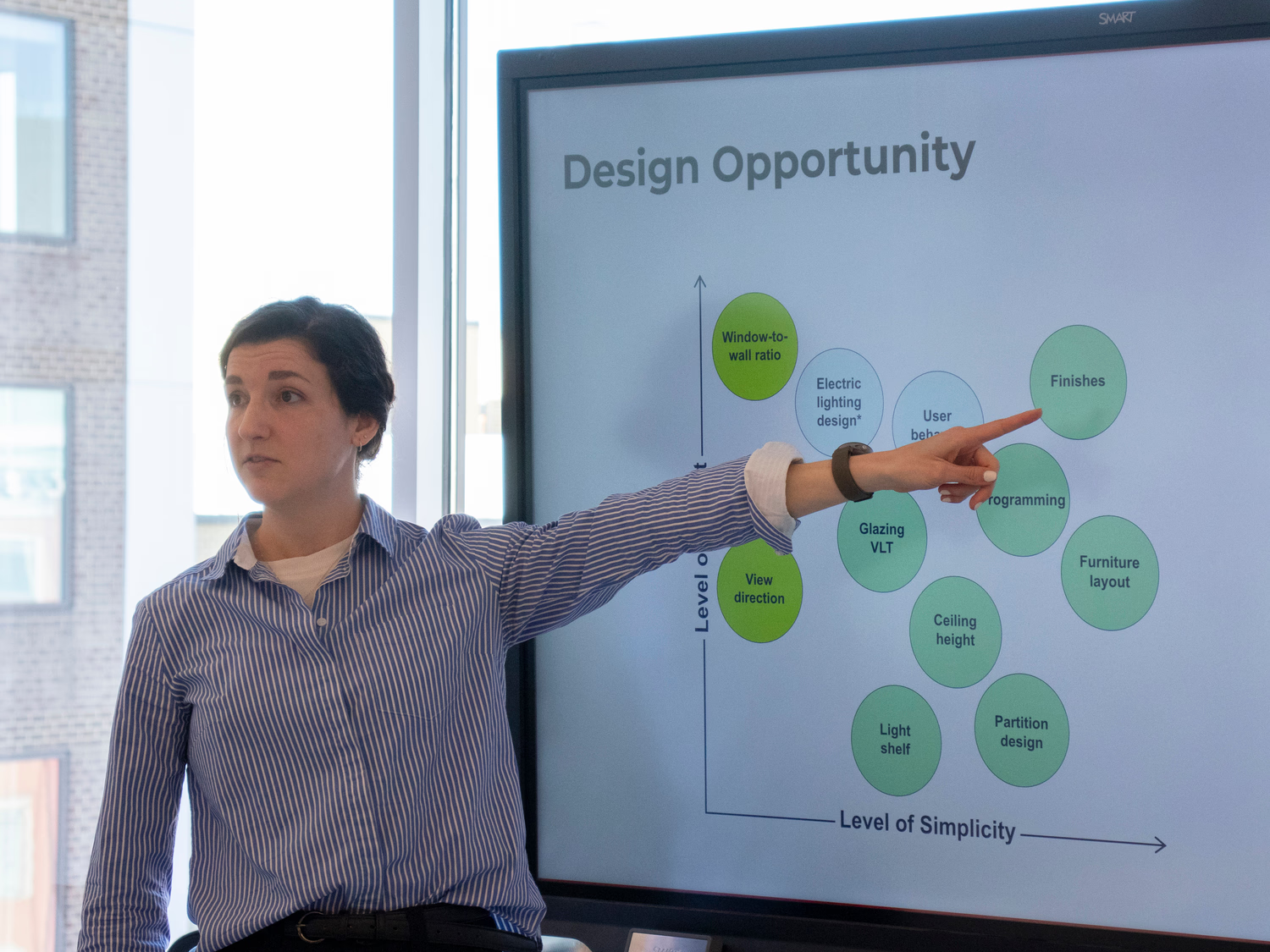
One of the key challenges in any project is negotiating the inevitable constraints to deliver the vision in a way that is visually appealing but functionally effective. The focus on finding value through the architecture design process encourages designers to approach challenges with an open mind, embracing iterative processes and feedback to continuously refine and enhance the result.
Starting with Visioning
At the heart of every project is a vision. This initial stage isn't about solutions; it's about framing the world in which the project exists. Visioning helps architects, designers, clients, and other stakeholders understand the project's opportunities and the client's and community's pain points, desires, and aspirations.
Gaining clarity through visioning discussions at this point in the process is essential. Later, when the rubber meets the road and choices need to be made, the project's vision serves as the guiding light through the decision-making process.
Collaborative Decision-Making
Collaboration is at the heart of finding value through design. At Quinn Evans, we frame discussions around budget and resources by outlining the three primary cost drivers in any project – quantity, quality, and complexity. Engaging stakeholders in conversations about priorities and objectives within this framework is key.

We often use the "Choosing by Advantages" methodology, a two-day process used by our client, the National Park Service. This approach involves identifying priorities and then, with all stakeholders present, ranking them by importance. With this ranking established, the design team can present options and focus discussions on which option best aligns with the most critical criteria. This method allows stakeholders to explore various ways to address different priorities before introducing cost or resource considerations. The process centers around ranking priorities, making quantitative-based decisions, and continually reassessing goals.
Collaborative decision-making aims to ensure that everyone involved understands and contributes to the project's vision. The objective is to find solutions that simultaneously address multiple important factors, seeking a "both-and" approach that enhances both practicality and creativity. These early conversations serve as the foundation for ongoing communication and decision-making throughout the project.
Prioritizing and Goal-Setting
Budget and the efficient use of resources is always a priority and understanding the allocation of resources—where they are best spent to enhance the user experience and operations—is key to project success. In the assessment and analysis phase, the team focuses not only on cost but also on the alignment of other project resources—labor, materials, timeline, site, and environment—with the chosen solution to create something meaningful and effective.
At this stage, finding value through design means exploring what's possible. That means asking and answering the practical questions that determine how the vision can be optimized within the budget – what materials to select, how to effectively utilize what already exists, and how to find the opportunities presented by the site and environment. For Quinn Evans, because our work involves historic and cultural preservation, we also have to grapple with some unique considerations. For example, how do priorities change when we have to preserve something – a monument, a building, a landscape – forever rather than the typical lifespan of a new building? Or how do we balance the desire to retain and enhance existing structural or decorative elements with the cost of the highly skilled artisans who can work with historical methods? Finding architecture design value demands that we use the practical constraints as a catalyst to drive creative and innovative solutions.
Addressing the Unexpected
Trade-offs are an inherent part of project design. Changes in budget, unexpected discoveries during construction, market conditions, and inflation can all disrupt even the most carefully planned projects and impact their course.
When circumstances change, clients, with input from architects and designers, must make difficult decisions. While trade-offs are inevitable, the decisions should always align with the project's earlier discussions on vision, priorities, and objectives. The ability to adapt and remain open-minded and flexible becomes crucial.

We've seen this in many projects, from working with the Baltimore Museum of Art to incorporate newly created stained glass art glass pieces during a project to our work at the University of Nebraska's Kimball Hall. During the design process for Kimball Hall, unexpected envelope issues arose with the original concrete structure. While the budget stayed the same, the scope of work expanded to address the new issue. Being asked to stretch the budget was the catalyst for an innovative and beautiful solution to expanding the glass wall of the new lobby in a way that also protected the integrity of the building's envelope.
The early prioritization discussions allowed the team to adapt and make choices in a way that provided more value while combining practicality with innovative design.
Conclusion
Finding value through design and planning in architecture is a dynamic and evolving process. It's about more than just managing costs and constraints; it's a holistic approach to creating spaces that balance practicality, creativity, and innovation. By setting clear priorities, collaborating effectively, and embracing adaptability, architects, designers, and clients can transform dreams into concrete reality while navigating the challenges that arise along the way. It's the art of finding value, not just in dollars and cents, but in the very essence of what makes a space meaningful and impactful.
Want to learn more about optimizing resources and adding value in the design and planning process? Contact me at bbarrett@quinnevans.com

.avif)





